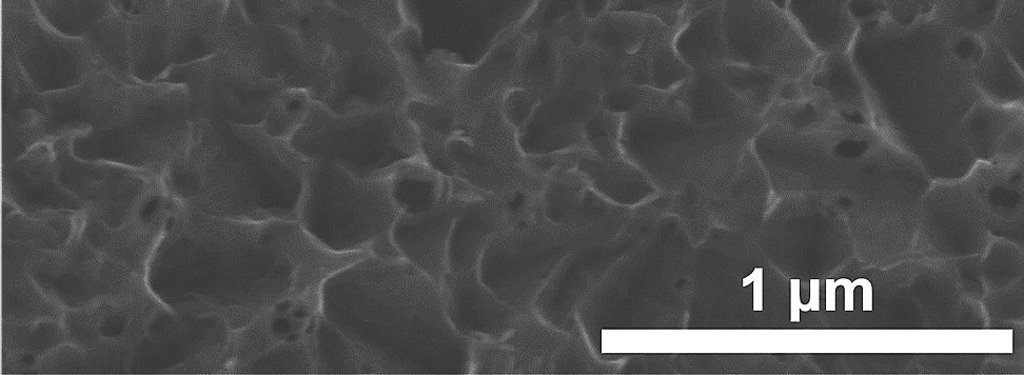Our materials scientists engineered molybdenum disulfide to be three times more efficient than its semiconductor phase for dye-sensitized solar cells.
Platinum is not a cheap material. So, to improve dye-sensitized solar cells (DSSC), which are easy to make and a promising alternative to the standard silica-based panels, researchers turn to ionic compounds. They're inexpensive, but inefficient as counter electrodes due to their poor electrical conductivity.
One lab found a way to change that.
Yun Hang Hu, the Charles and Carroll McArthur Professor of materials science and engineering at Michigan Tech, showed that the flower-like structures of molybdenum disulfide possess a metallic 1T phase with a high conductivity, perfect for DSSCs. The team lays out how flower-like structures in the material improve cell efficiency up to four times in a study published in the Journal of Materials Chemistry A.
"Solar energy, as an abundant and clean source of energy, is the most promising candidate to replace fossil fuels," says Hu. "In our lab, we're working with materials to not only improve cell performance but also have them fill multiple uses."
The co-authors on the paper are Wei Wei (a graduate student at Hu’s group) and Kai Sun (a scientist at the University of Michigan).
The molybdenum-based material Hu and his team use is not the same molybdenite pulled from mines and used as an industrial lubricant. They directly synthesized a 1T metallic molybdenum disulfide film onto a fluorine-doped tin oxide (FTO). The FTO serves as conductive substrate and the process makes a DSSC counter electrode via a simple temperature-controlled hydrothermal method. The resulting material is 1T metallic flower-structured molybdenum disulfide, which is 107 times more electrically-conductive than 2H bulk molybdenum disulfide (basically, the same natural minerals that comes out of mines.) Consequently, the new material reaches an efficiency of 7.08 percent, which is three times larger than that of DSSCs with counter electrodes of 2H bulk molybdenum disulfide.
This finding opens a new door for the development of pure ionic counter electrodes. Because of how thin DSSCs can be, improving these materials could help bring the power of the sun to almost any surface.
Michigan Technological University is an R1 public research university founded in 1885 in Houghton, and is home to nearly 7,500 students from more than 60 countries around the world. Consistently ranked among the best universities in the country for return on investment, Michigan's flagship technological university offers more than 185 undergraduate and graduate degree programs in science and technology, engineering, computing, forestry, business, health professions, humanities, mathematics, social sciences, and the arts. The rural campus is situated just miles from Lake Superior in Michigan's Upper Peninsula, offering year-round opportunities for outdoor adventure.






Comments